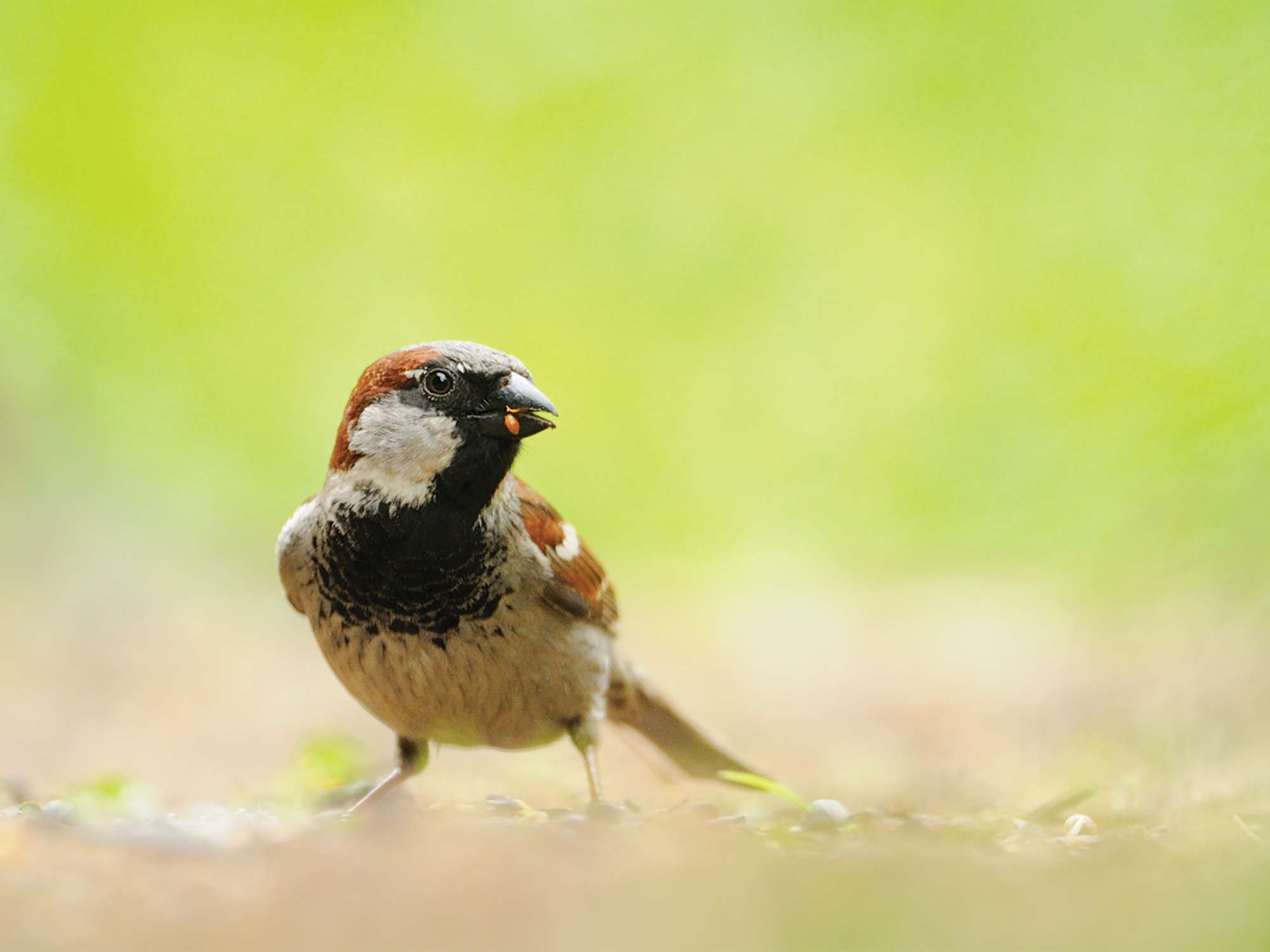
The sad decline of one of our favourite birds
If you’ve seen a sparrow lately you can count yourself lucky, because as Norfolk Wildlife Trust Reserves Officer Bob Morgan explains their numbers have plummeted in recent years - and no one knows why
It appears that there’s a day of celebration for most things now, so it’s no surprise that this spring saw the observance of the 10th annual World Sparrow Day on March 20th. For one, I’ve always loved the humble house sparrow, but the day had little to celebrate because it developed out of a great many serious and worrying issues.
It is now designated as a platform to raise awareness of all formerly common birds, particularly in urban areas. The house sparrow, with the help of humankind, has spread to nearly every corner of the world and was close to being one of the commonest bird species.
A lot of wildlife conservation naturally concentrates on precious habitats or rare animals, and it could be argued that we shouldn’t be worrying about something as ordinary as a sparrow. But the way the house sparrow population has plummeted over recent years is quite staggering, and it’s difficult for younger people to appreciate just how many there once were in our towns and cities.
Formerly, apart from feral pigeons most city dwellers’ only regular encounter with the natural world was seeing sparrows - in fact they were so commonplace as to be disregarded.
Even among birdwatchers they were ignored, and some bird-ringers even wrung their necks to stop them being caught continuously in their mist nets – for familiarity breeds contempt.
As their name implies every house seemed to have a sparrow, or more.
At sunrise they’d form a chorus line along the guttering and in unison twitter a loud repetitive song outside bedroom windows. Even on a Sunday.
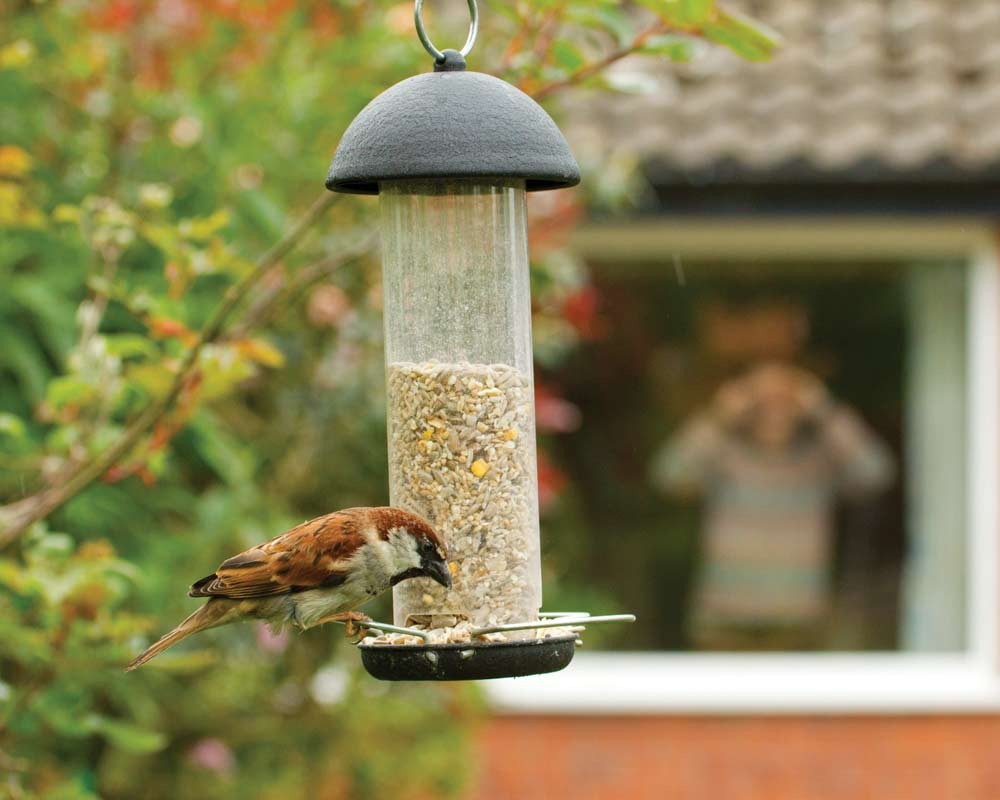
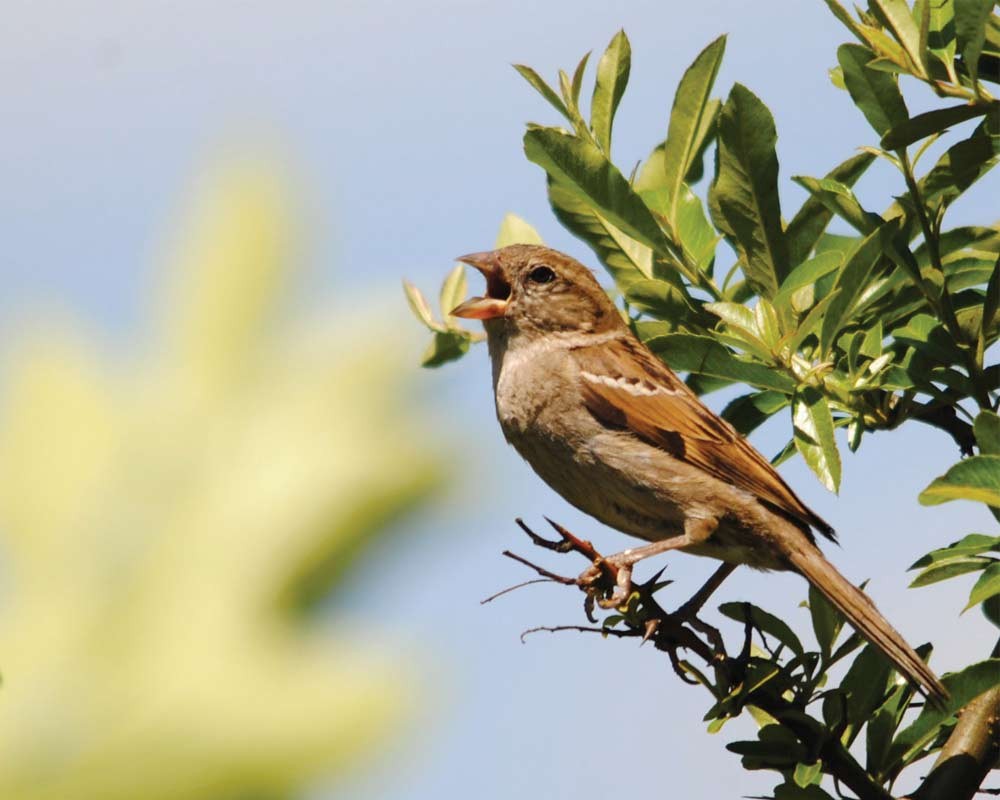
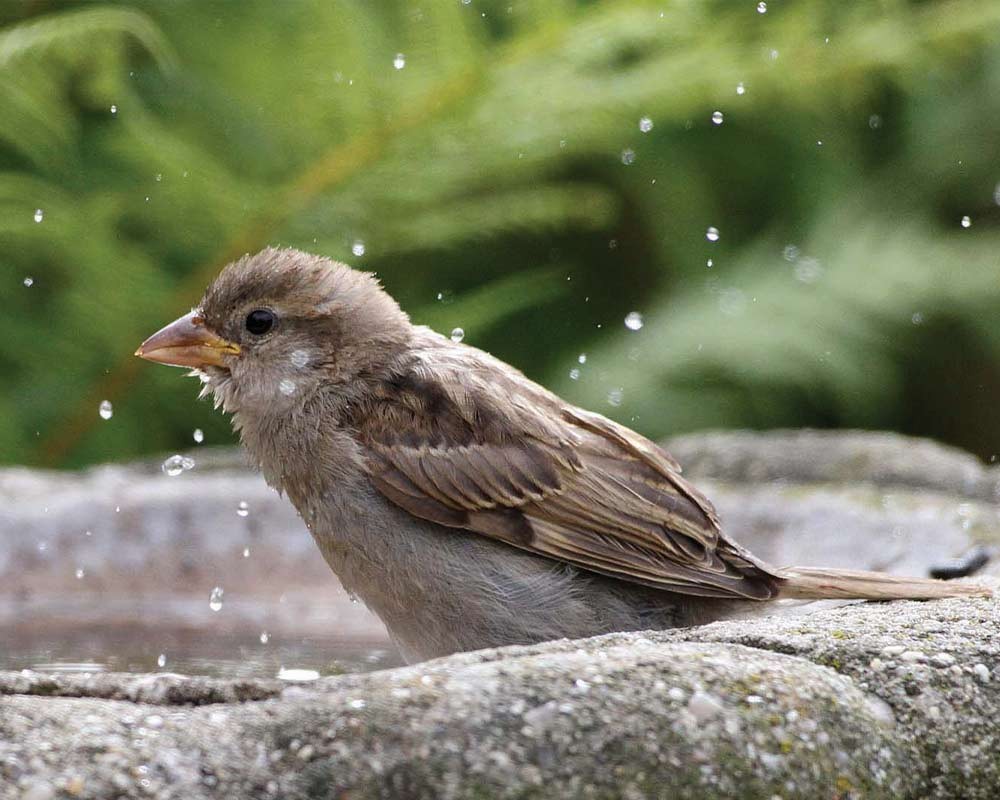
As a child I recall watching squadrons of them dropping into the garden and dust-bathing in the fine soil by the cabbage patch. They’d squabble and argue, chasing one another from the cabbages to the runner-beans and then into the heart of the privet bush.
Sparrows would hop among shoppers’ feet in the High Street in search of crumbs or line up on park benches at lunchtime, although the sparrows’ favourite haunt seemed to be the school roof. They’d wait patiently for the scattered contents of a tuckbox.
At least 20 (and often more) would gather at the feast. It was always a hasty affair as at least one boisterous child would run wildly towards the birds, sending them into the air in all directions, only to meet again on the safety of the roof. House sparrows were an everyday part of children’s lives.
If they were lucky one would fly into the school hall and disrupt morning assembly. No pupil could resist chuckling at the caretaker flailing a broom around his head whilst trying to encourage it out of an open window. Even in the heart of London, sparrows thrived.
Since the 1920s a remarkable series of autumn bird counts have been carried out in Kensington Gardens, which clearly illustrates the extraordinary decline of the sparrow.
Some 2,603 were counted in 1925, but numbers dropped to 885 in 1948, 544 in 1975, 81 in 1995, and only 8 in October 2000 - and very few have been recorded since.
Of course, there were still a great many horses in London back in 1925 all requiring large quantities of oats, and plenty of run-down housing provided excellent nest-sites. Despite this, in recent times 74% of the house sparrow population has simply disappeared.
This rapid decline was noticed by many people, questions were asked in Parliament, and The Independent newspaper offered £5,000 for the first scientific paper which could explain the disappearance of the house sparrow from our urban areas. Only three entries were submitted and the prize still hasn’t been awarded.
Clearly the answer to the demise of our sparrows still isn’t obvious, and is probably a complex combination of reasons. However, one notable discovery is that parent birds aren’t finding enough small invertebrates to feed their chicks during the first few days after hatching - perhaps as a result of us having fewer urban gardens.
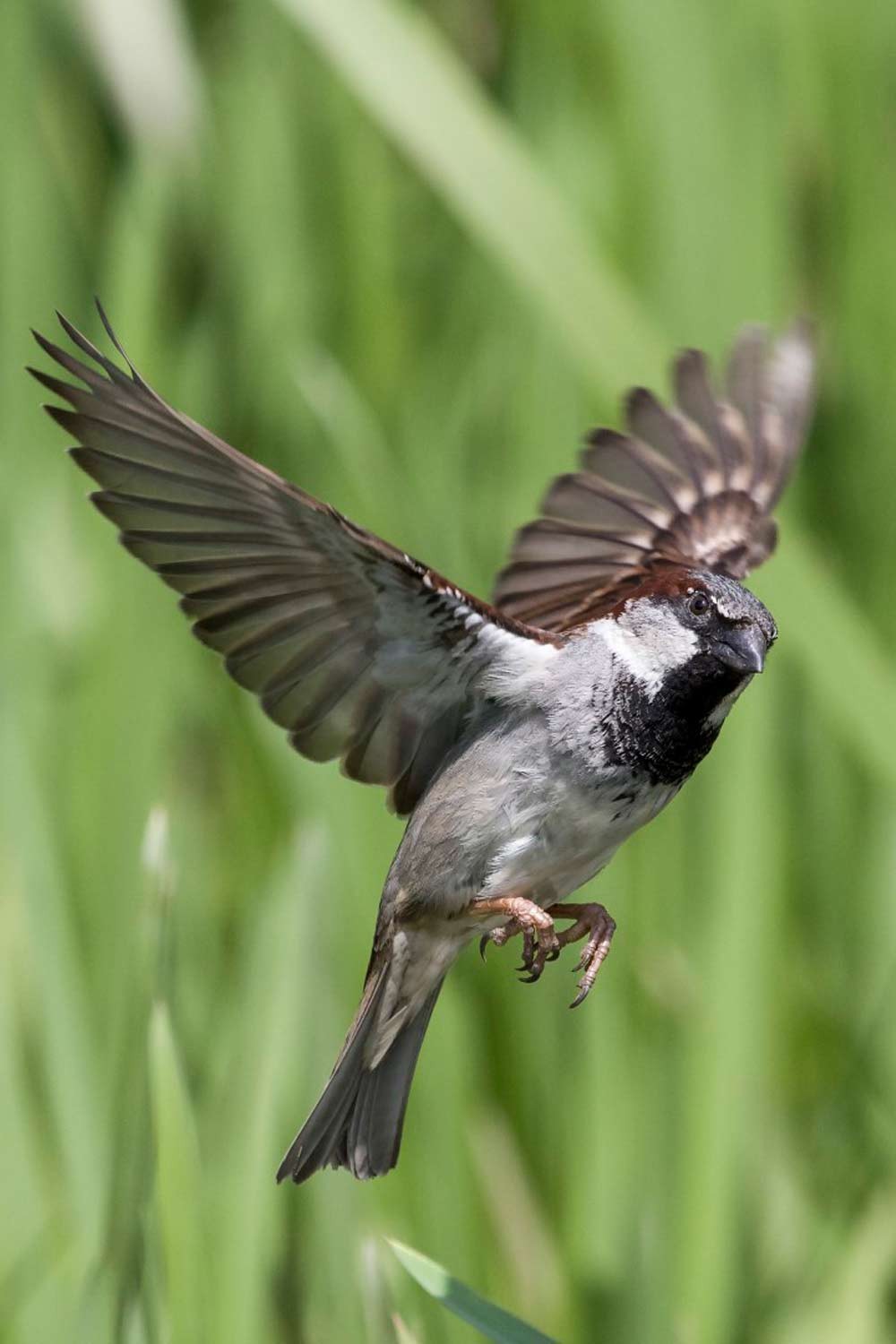
Its country cousin the tree sparrow has fared much worse. With its smart chocolate brown cap, the tree sparrow was once a regular sight along the hedgerows of arable farmland. It has all but disappeared from Norfolk now, its decline a result of changing farming practices, although attitudes are improving. Many farmers are now leaving weedy margins on their fields, providing supplementary seed in winter, and installing nest boxes. A small but important increase in tree sparrow numbers has been observed during recent survey work.
I’m lucky enough to have a well-stocked garden. It has boasted spotted flycatcher, brambling and blackcap - but never house sparrows, and I miss them.
This spring I’ve built a terrace of sparrow nestboxes on the north-facing wall of the house (they like to be out of direct sun), for if we can’t find space in our homes and hearts for the poor old sparrow what hope is there?
World Sparrow Day may not be as engaging as saving whales or protecting gorillas, but it’s a very real warning that we shouldn’t take the natural world for granted.
We need to let our children grow up in a world full of sparrows once again instead of asking “what’s that bird?” in the very rare event they actually see one.
For more information on the work of the Norfolk Wildlife Trust, tips on how to help the local environment and details of upcoming events, please visit the website at www.norfolkwildlifetrust.org.uk
